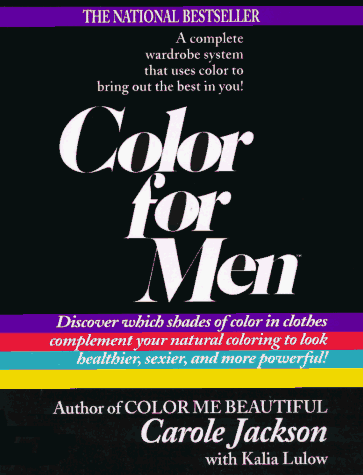 |
| George Piro |
I was fortunate to be able to return to the FBI Citizen's Academy as part of my participation in the Academy's Alumni Association. The night I visited, George Piro, Special Agent in Charge of the Miami office, spoke to the class about
the eight months he spent interrogating Saddam Hussein in Iraq. He was the only
person Hussein spoke with, and they met for five to seven hours a day. Piro
spent additional hours every day researching Hussein and looking for ways to
establish rapport with him and identify his vulnerabilities.
“You figure out what really matters to the subject during
the rapport-building phase,” Piro explained. Hussein was most concerned with
his place in history, as the third great leader of his people – after the
prophet Mohammed and Saladin, who retook Jerusalem from the Crusaders. Piro
reminded us that Iraq was the cradle of civilization, and that it was the place
where the first laws were developed – the Code of Hammurabi – as well as many
other institutions we take for granted, such as the first police force.
And as the child of a single mother, Hussein had a
particularly strong bond with his mother, who was the only person he really
loved and trusted. Piro used his own relationship with his mother to establish
a bond and connection with Hussein.
 |
| One of Hussein's favorite photos of himself. The good guys always ride the white horse, right? |
“It’s important to establish the subject’s truth-telling
style,” Piro said. He explained that Hussein was also a published novelist, and
he read Hussein’s first book, and used questions about that to identify how
Hussein looked and acted when he was telling the truth. During this phase of
the interrogation, Piro had to already know the answers to all the questions he
asked. It wasn’t about the answers themselves, he explained, but about identifying
eye contact, mannerisms, etc. that Hussein displayed when telling the truth.
When asked whether his conversations with Hussein were
recorded, Piro was cleverly evasive, stating that it was not common policy at
that point to record conversations, though today it is.
 In a very Miami twist, Piro discovered that Hussein had a
great fondness for Cuban cigars, and at their final meeting, he brought
Hussein’s favorite Montecristos and they smoked them together. He reminded us
that it’s okay for an FBI agent to buy Cuban cigars outside the US – he just
couldn’t bring them home.
In a very Miami twist, Piro discovered that Hussein had a
great fondness for Cuban cigars, and at their final meeting, he brought
Hussein’s favorite Montecristos and they smoked them together. He reminded us
that it’s okay for an FBI agent to buy Cuban cigars outside the US – he just
couldn’t bring them home.
He ended his presentation with a quote that exemplified his
attitude toward the assignment. “Successes belong to the organization; failure
belongs to the individual.” He was determined to succeed because he didn’t want
to let the Bureau down.
The second part of our evening was a presentation by an
agent in charge of the Evidence Recovery Teams – ERT. I'll cover that in another post. As always, any errors here are my own and this blog is not intended to represent official views of the FBI.
If you like this, I hope you'll check out THE NEXT ONE WILL KILL YOU, the first in my new series of FBI thrillers.
If you like this, I hope you'll check out THE NEXT ONE WILL KILL YOU, the first in my new series of FBI thrillers.






























